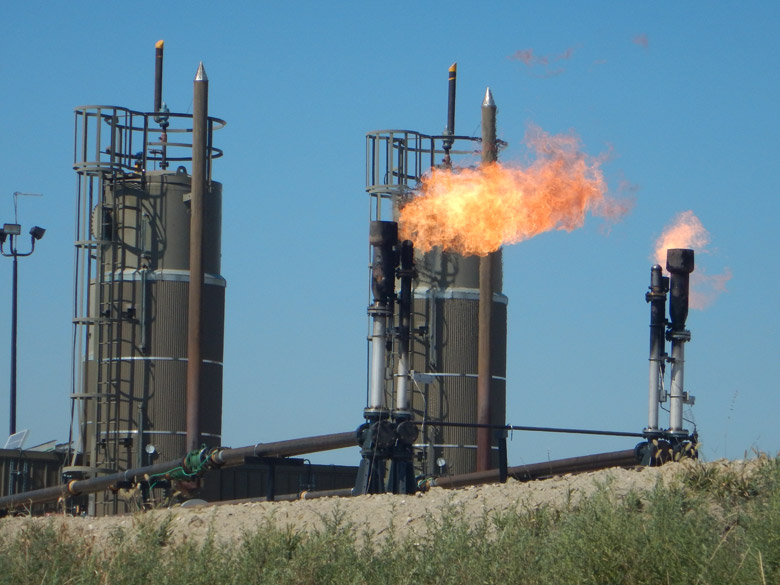-
Tips for becoming a good boxer - November 6, 2020
-
7 expert tips for making your hens night a memorable one - November 6, 2020
-
5 reasons to host your Christmas party on a cruise boat - November 6, 2020
-
What to do when you’re charged with a crime - November 6, 2020
-
Should you get one or multiple dogs? Here’s all you need to know - November 3, 2020
-
A Guide: How to Build Your Very Own Magic Mirror - February 14, 2019
-
Our Top Inspirational Baseball Stars - November 24, 2018
-
Five Tech Tools That Will Help You Turn Your Blog into a Business - November 24, 2018
-
How to Indulge on Vacation without Expanding Your Waist - November 9, 2018
-
5 Strategies for Businesses to Appeal to Today’s Increasingly Mobile-Crazed Customers - November 9, 2018
The break-up between carbon emissions and economic growth may have begun
The study by the Global Carbon Project, which is out today in Nature Climate Change, predicts that annual global carbon dioxide emissions may have dropped slightly in 2015 compared to the years before.
Advertisement
Researchers from the University of East Anglia in the United Kingdom and the Global Carbon Project said that global carbon emissions increased by 0.6 percent last year and could decline by as much as 0.6 percent this year to 35.7 gigatonnes.
It would be the first time that carbon dioxide pollution has fallen during a period of strong global economic growth.
China was still the world’s biggest emitter last year, releasing 9.7 billion tons of CO2, but its emissions growth is expected to decline in 2015 by 3.9 percent after rising by 1.2 percent last year and 6.7 percent a year for the previous decade, the report said.
Prof Le Quere told the BBC: “To deal with climate change we need emissions to go to zero – and we are now talking about zero growth and not zero emissions – so we are still a long, long way from that”.
The GCP report found Australia emitted over 1 per cent of the world’s total carbon emissions from fossil fuels – the equivalent of 0.38 billion tonnes – making it the 17th largest contributor globally.
An unexpected global appetite for renewable energy, alongside other worldwide trends, means 2015 may be the first year Carbon dioxide emissions drop globally.
The study was conducted by the Global Carbon Project and headed by scientists at Stanford University.
The report shows that the richest 10 percent of the US, about 30 million people, produces three times as many emissions as the 600 million people that constitute China’s poorest half; while the poorest half of the USA produces five times the amount of emissions as the poorest half of India.
However, as the Chinese economy recovers from a period of slow growth and India pursues its plan to double burning of coal in power plants, emissions growth is likely to resume over the next few years, underscoring a key difference between peak emissions and zero emissions.
Other co-authors of the report are Robbie Andrew, Jan Ivar Korsbakken and Glen Peters, Center for International Climate and Environmental Research (Norway); and Nebojsa Nakicenovic, International Institute for Applied Systems Analysis (Austria).
Emissions have declined in the past, but usually during times of economic problems.
According to the U.S. Energy Information Administration, there was indeed a drop in coal consumption in 2014 by coal based industries in China among steel, cement, and fertilizer factories, resulting in overall coal production dropping dramatically.
Advertisement
For the past decade, an average increase of 2.4 percent each year had been observed in the emissions, to which 90 percent is caused by the use of fossil fuels. “I certainly think they will”, Le Quere says, because China’s economy is bound to revive. Such structural changes, if continued, could bring China’s peak emissions much earlier than anyone is anticipating and certainly well before 2030. However, he said the report would not be a major factor in negotiations. “What we are now seeing is that emissions appear to have stalled and they could even decline slightly in 2015”, she added. China s coal, renewable energy under the rotation, as well as global climate change, low air quality in urban areas in the country are also effective.





























